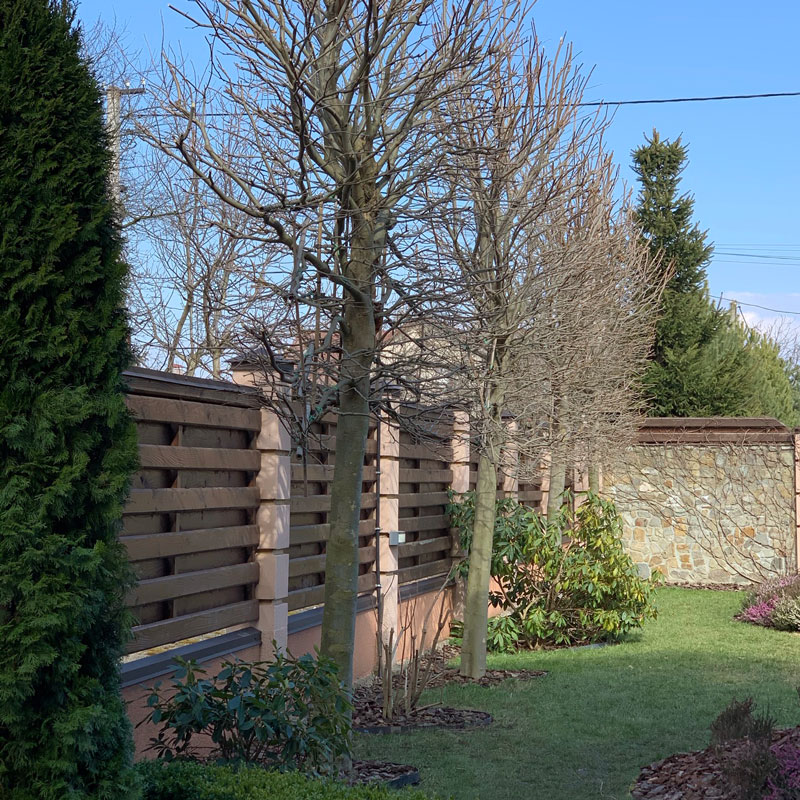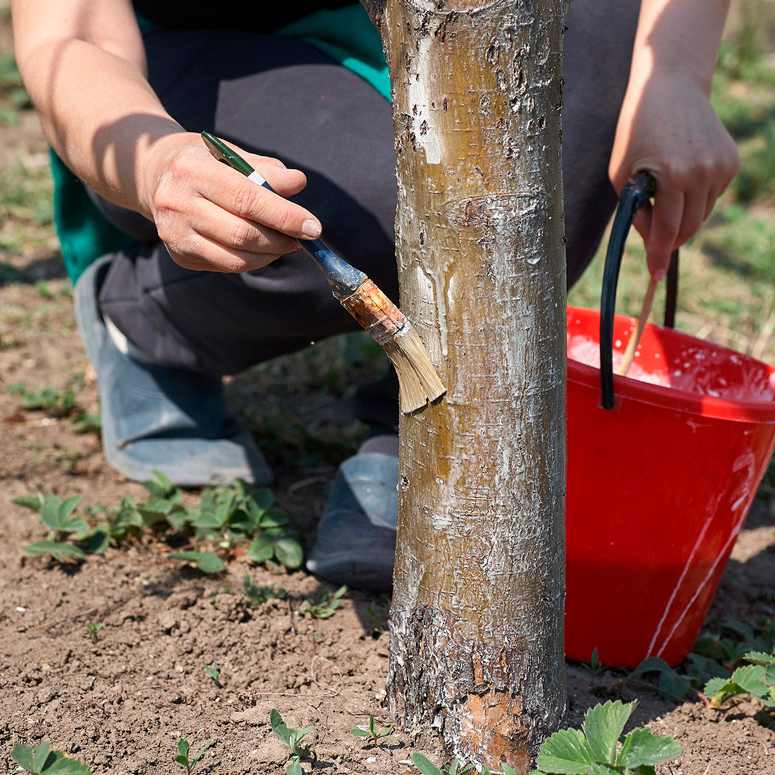Spring treatment of trees: take care of the garden properly

Long-awaited spring setting in is marked not only by mood improvement and long strolls in the open air but also by the beginning of garden and field work.
Along with the trees, pests and pathogens wake up, too.
That is why it is critical to treat the plants timely so that later you can enjoy the beauty of the healthy leaves during the entire warm season and collect harvest from fruit trees in autumn.
Garden maintenance is a routine work which should be regularly performed starting from early spring to late autumn.
Let's figure out which treatment our trees require in the first days of thawing.
Along with the trees, pests and pathogens wake up, too.
That is why it is critical to treat the plants timely so that later you can enjoy the beauty of the healthy leaves during the entire warm season and collect harvest from fruit trees in autumn.
Garden maintenance is a routine work which should be regularly performed starting from early spring to late autumn.
Let's figure out which treatment our trees require in the first days of thawing.

Each season differs from the previous one, so it is impossible to indentify an exact date for starting the treatment. Approximately, the treatment of trees in early spring shall start in the period when the nighttime temperature becomes steadily positive and raining period is over.
This time is considered to be perfect for pesticides application because:
In general, there are four stages of work:
This time is considered to be perfect for pesticides application because:
- humidity, foggy weather facilitate washing off of the solutions so your endeavors will be in vain;
- night frosts can also bring to naught all your efforts since some chemicals work only at steady positive temperature;
- if you delay and skip the start, the treatment against pests may not give the proper result, the pests may make it to wake up and propagate.
In general, there are four stages of work:
- The first stage is held when the buds are not swollen and the tees are still "naked".
- The second stage starts when the leaves have not opened yet but the buds have already burst. At this point they resemble cones.
- A perfect period for the third stage is the one when the trees are covered with flower buds which have not blossomed out yet.
- The last stage is carried out after fruit inception. Approximately, the fruits should not be larger than a pea.
Early-spring spraying of garden has its own rules:
- Period in-between the two stages of treatment should be 1-2 days;
- The plant should be sprayed from all sides and equally covering the crown and trunk;
- It is necessary to carefully choose the chemicals taking into account the temperature mode; some chemicals are effective at low temperatures (from +1°C to +5°C), others (for instance, bio-based products), on the contrary, work at high temperatures, over +10°C. Also, some chemicals can be blended;
- It is important to interchange the stages (at first, spray against diseases, then spray against pests; in few days spray against both diseases and pests).

In addition to chemical aspect, spring treatment of trees includes pruning, fertilization, elimination of bark problems (frost cracks, cracks and sunscald) and removal of dried and broken branches.
First of all, a sanitation pruning is necessary. It consists of removing useless branches. They are easy to identify: they look dry and no buds are formed on them.
The crown formed in a particular crop determines the quantity of fruits that can be harvested in autumn. Some gardeners make emphasis on aesthetic by creating a beautiful crown in form but to the detriment of the future harvest.
Then comes the turn of proper crown formation. In this case, everything is individual: each tree is pruned according to separate rules. For example, for fruit trees that grow fast in branches one needs to trim them to give access to light.
In spring, anti frost cracks and cracks works involve timely removal of ice crust in circles around tree trunks. This should be done as soon as the snow has melted. Cracks in the bark should also be treated; severely damaged branches should be removed.
Special attention should be paid to fertilization. There are two types of fertilization:
The choice of fertilizer depends on the gardener. Some prefer mineral fertilizers: potassium, nitrogen and phosphor. Others opt for organic: manure, poultry manure, compost. Both are applied according to the same scheme – by adding onto the circles around tree trunks. Then the ground is dug up together with fertilizer.
Andrii Niaiko
professional landscape designer
First of all, a sanitation pruning is necessary. It consists of removing useless branches. They are easy to identify: they look dry and no buds are formed on them.
The crown formed in a particular crop determines the quantity of fruits that can be harvested in autumn. Some gardeners make emphasis on aesthetic by creating a beautiful crown in form but to the detriment of the future harvest.
Then comes the turn of proper crown formation. In this case, everything is individual: each tree is pruned according to separate rules. For example, for fruit trees that grow fast in branches one needs to trim them to give access to light.
In spring, anti frost cracks and cracks works involve timely removal of ice crust in circles around tree trunks. This should be done as soon as the snow has melted. Cracks in the bark should also be treated; severely damaged branches should be removed.
Special attention should be paid to fertilization. There are two types of fertilization:
- Soil;
- Foliar.
The choice of fertilizer depends on the gardener. Some prefer mineral fertilizers: potassium, nitrogen and phosphor. Others opt for organic: manure, poultry manure, compost. Both are applied according to the same scheme – by adding onto the circles around tree trunks. Then the ground is dug up together with fertilizer.
Andrii Niaiko
professional landscape designer
To avoid sunscald it is recommended to whitewash the trunks and thick branches. This will protect from the first bright sunlight. If there is a hollow in the trunk, it should be cleared up, disinfected and cemented. Otherwise, there will be a risk of bark fracture development.

Design your garden?





